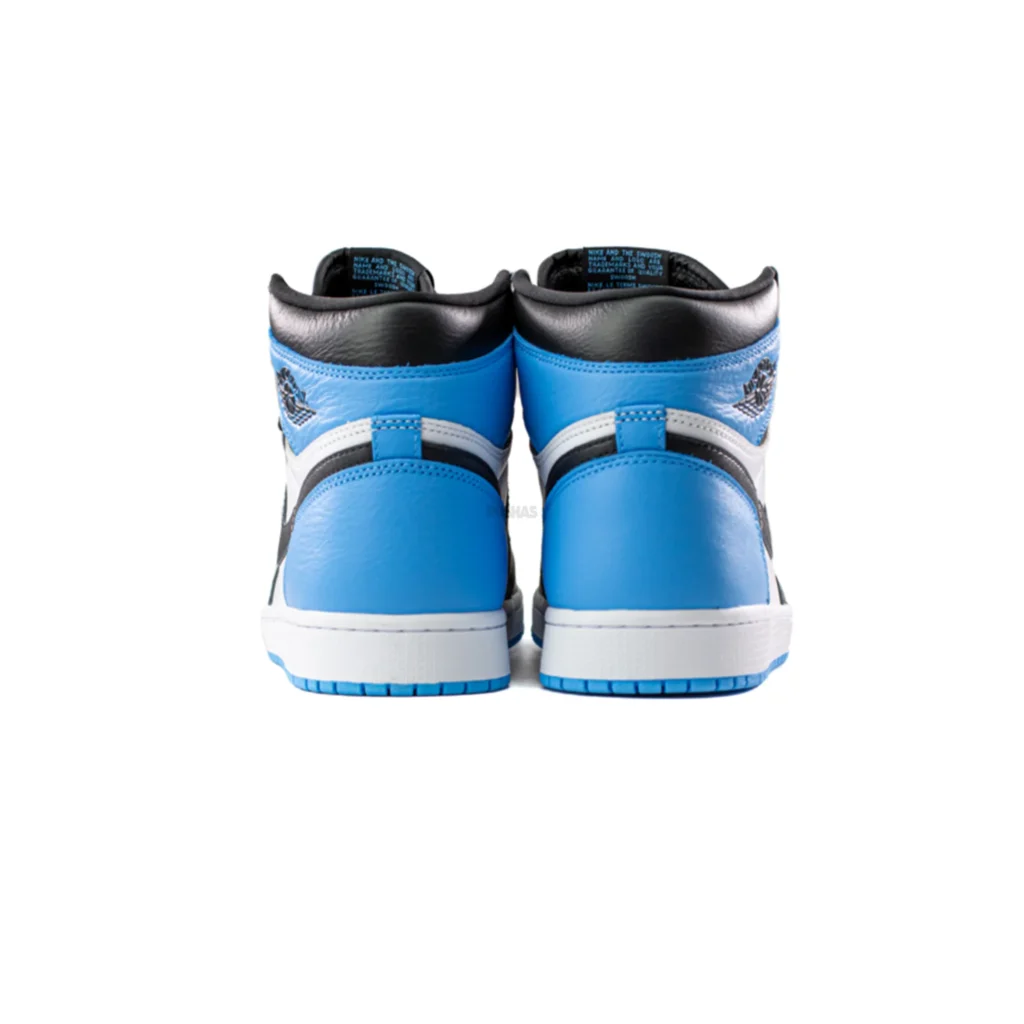Why Are Shoes Made So Cheaply Compared to Decades Ago?
The evolution of shoerep manufacturing over the years has dramatically altered the quality and longevity of footwear. Whereas decades ago, shoes were often seen as investments meant to last years, if not decades, today many shoes are produced cheaply, sacrificing quality for cost-efficiency and fast production. But what led to this shift? Let’s dive into the key factors behind why shoes are made so cheaply today.
1. Mass Production and Fast Fashion
In the past, many shoerep were handmade or produced in small batches, focusing on craftsmanship and durability. Today, mass production dominates the industry, enabling manufacturers to produce shoes quickly and in large quantities. This is largely driven by the rise of fast fashion, which prioritizes affordability and trend-driven designs over quality.
Impact of Mass Production
- Standardized Designs: Mass production focuses on uniformity rather than uniqueness.
- Cost Reduction: Factories use cheaper materials and faster processes to lower production costs.
- Shorter Lifespan: Shoes are designed to meet immediate needs, often lasting only a few seasons.
2. Global Outsourcing
Many shoe companies now outsource their production to countries where labor is cheaper. While this significantly reduces costs, it also often results in a decrease in quality.
Consequences of Outsourcing
- Lower Labor Costs: Countries like China, Vietnam, and Bangladesh offer cheaper labor, but workers may lack the training or resources needed for high-quality craftsmanship.
- Material Substitution: To meet budget constraints, manufacturers use inexpensive materials like synthetic leather or low-grade rubber instead of premium leather or durable soles.
- Environmental Concerns: Cheap production methods often neglect sustainable practices, leading to less durable products.
3. Shift in Consumer Behavior
Modern consumers tend to prioritize style and price over longevity. Unlike decades ago, when people would buy a few high-quality pairs, today’s shoppers often prefer buying multiple inexpensive options to keep up with trends.
Why Consumer Preferences Have Changed
- Trends Over Timelessness: Many buyers prefer trendy designs they can replace rather than investing in classic, long-lasting styles.
- Affordability First: Economic constraints and changing spending habits make low prices a major selling point.
- Convenience Culture: The rise of e-commerce and fast delivery encourages quick purchases, often at the expense of quality.
4. Focus on Profits
The business model of many shoe companies has shifted to prioritize profit margins over product quality. By using cheaper materials and reducing production costs, brands can sell shoes at lower prices while maintaining high profit margins.
Key Profit Strategies
- Planned Obsolescence: Many shoes are intentionally designed to wear out quickly, encouraging repeat purchases.
- Brand Over Build: Companies invest heavily in marketing their brand image rather than improving product quality, leading consumers to pay more for less.
- Cutting Corners: Manufacturers reduce costs by simplifying designs or eliminating durability-enhancing features like double stitching or thicker soles.
5. Technological Advancements
While technological advancements have streamlined production, they’ve also contributed to a decline in quality. Automated machinery prioritizes speed and efficiency over fine craftsmanship, leading to shoes that may lack the intricate detailing and robust build of handmade footwear.
The Role of Technology
- Faster Production: Machines can churn out hundreds of pairs in the time it would take a craftsman to make one.
- Simplified Designs: Automation works best with straightforward patterns and materials, limiting the complexity and richness of designs.
- Lower Costs, Lower Quality: The emphasis is on reducing costs rather than maintaining the artisanal quality of older manufacturing methods.
6. Environmental and Ethical Trade-offs
The demand for cheap shoes often comes at the expense of environmental sustainability and ethical labor practices. Many brands use synthetic materials that are inexpensive but less durable and harmful to the environment.
Environmental Impacts
- Synthetic Materials: Cheaper alternatives like polyurethane or PVC are widely used but break down faster and contribute to pollution.
- Waste Culture: Disposable fashion leads to increased waste as consumers discard poorly made shoes more frequently.
Ethical Concerns
- Labor Exploitation: Low-cost production often relies on poorly paid labor in developing countries, further emphasizing cost over quality.
- Lack of Regulation: In many factories, quality control is minimal, leading to rep that are prone to defects and rapid wear.
7. Comparison to Decades Ago
Shoes made decades ago were often built to last, reflecting a different approach to manufacturing and consumption. Here’s how the two eras compare:
| Aspect | Decades Ago | Today |
|---|---|---|
| Materials | Premium leather, robust soles | Synthetic, low-cost alternatives |
| Craftsmanship | Handmade or semi-handmade | Mass-produced, machine-made |
| Longevity | Designed for years of use | Designed for short-term trends |
| Cost | Higher upfront, long-term value | Lower upfront, frequent replacement |
| Consumer Mindset | Quality over quantity | Quantity over quality |
Conclusion
Shoes are made more cheaply today due to a combination of mass production, outsourcing, consumer preferences, and profit-driven practices. While this has made footwear more accessible and affordable, it has also resulted in a decline in quality and longevity.
For those who value durability and craftsmanship, investing in higher-quality shoes, even if they come at a higher price, can save money and reduce waste in the long run. Additionally, supporting sustainable brands and ethical practices can encourage the industry to prioritize quality over quantity once again.



